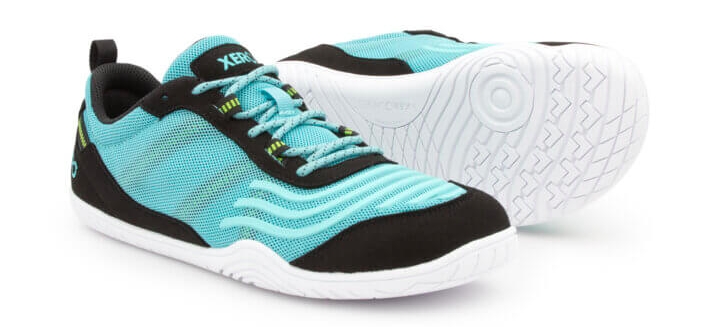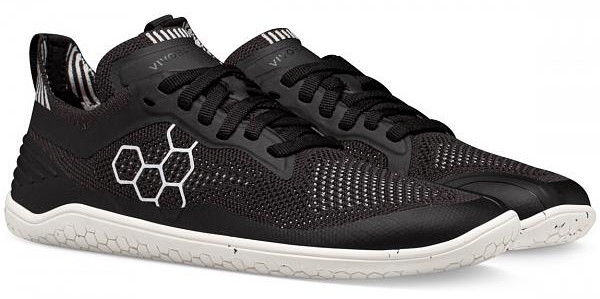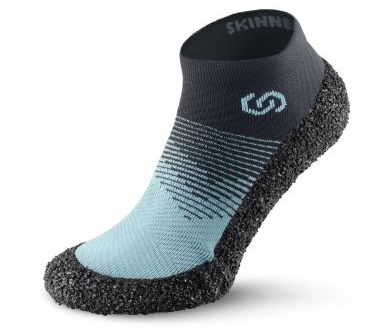Yoga, pilates, spinning, CrossFit, powerlifting, whether you’re heading to the gym for any activity or want to get a little stronger at home, the right shoes can help you significantly improve your performance.
We recommend practicing completely barefoot on the yoga mat to ensure a connection with the earth's energy. On the other hand, if you do powerlifting professionally, you should wear prescribed weightlifting shoes. For all other cases, it is a good idea to think about what you expect from your fitness shoes.
Workout shoes
Stable contact with the floor
Proper exercise technique is based on a stable posture, which is most effective in the natural position. The body weight is distributed to all three support points of the foot (on the bump of the heel bone, the head of the first and fifth metatarsal), with slight fluctuations balanced by fanned-out toes.
While foam running shoes cushion the impact of running, they are not suitable for weight training. For lifting, you need to get as close to the floor as possible, so you can brace yourself firmly against it and push the dumbbells in the opposite direction = upwards.
Barefoot shoes, on the other hand, come in handy at such a moment because their thin and flexible soles allow a better sense of position and more natural movement of your feet. The flat sole in the heel and toe ensures the correct (and slightly lower) positioning of the body’s overall center of gravity.
Muscle training
If you’re used to sturdy shoes that keep your ankles supported, they may provide aid for strength exercises, but the foot itself gets lazy in them. But in barefoot shoes, you actively engage all your muscles and tendons, so you naturally train the foot arch and straighten your stabilisation system.
We certainly don’t mean that the foot should be loose in the shoe. On the contrary, a lack of support could lead to unwanted shifting and injury, so always tie your laces firmly. On the other hand, barefoot shoes provide a broader space in the toe box where the toes can finally engage fully.
Freedom for the toes brings a feeling of comfort, so be sure to give it a try. However, you may prefer to take on the intense exercise slowly to get used to the new shoe type. You also don’t run a marathon without training first.
Protection and safety
You may say to yourself, especially with home workouts, that it is most beneficial to exercise completely barefoot. It has its advantages, but we mustn't neglect possible risk prevention.
During intense exercise, the foot sweats very quickly. During a lunge or other rapid movement, even on a special mat, there is a risk of slipping and falling. In the worst scenario, the muscle can be stretched or torn. The high-quality non-slip sole keeps the foot in place.
You don't have to wear shoes, because sock shoes work just as well and save you a lot of space in your sports bag. You can also walk freely around the gym without having to worry about stepping on something sharp or getting your feet dirty.
At least until some muscle man steps on your toes or a barbell falls on them. But in that case, only old clogs would protect you, which we don’t recommend for the gym. But we can suggest you suitable barefoot shoes. If you aren't sure which one to choose, don’t hesitate to contact us for advice.



